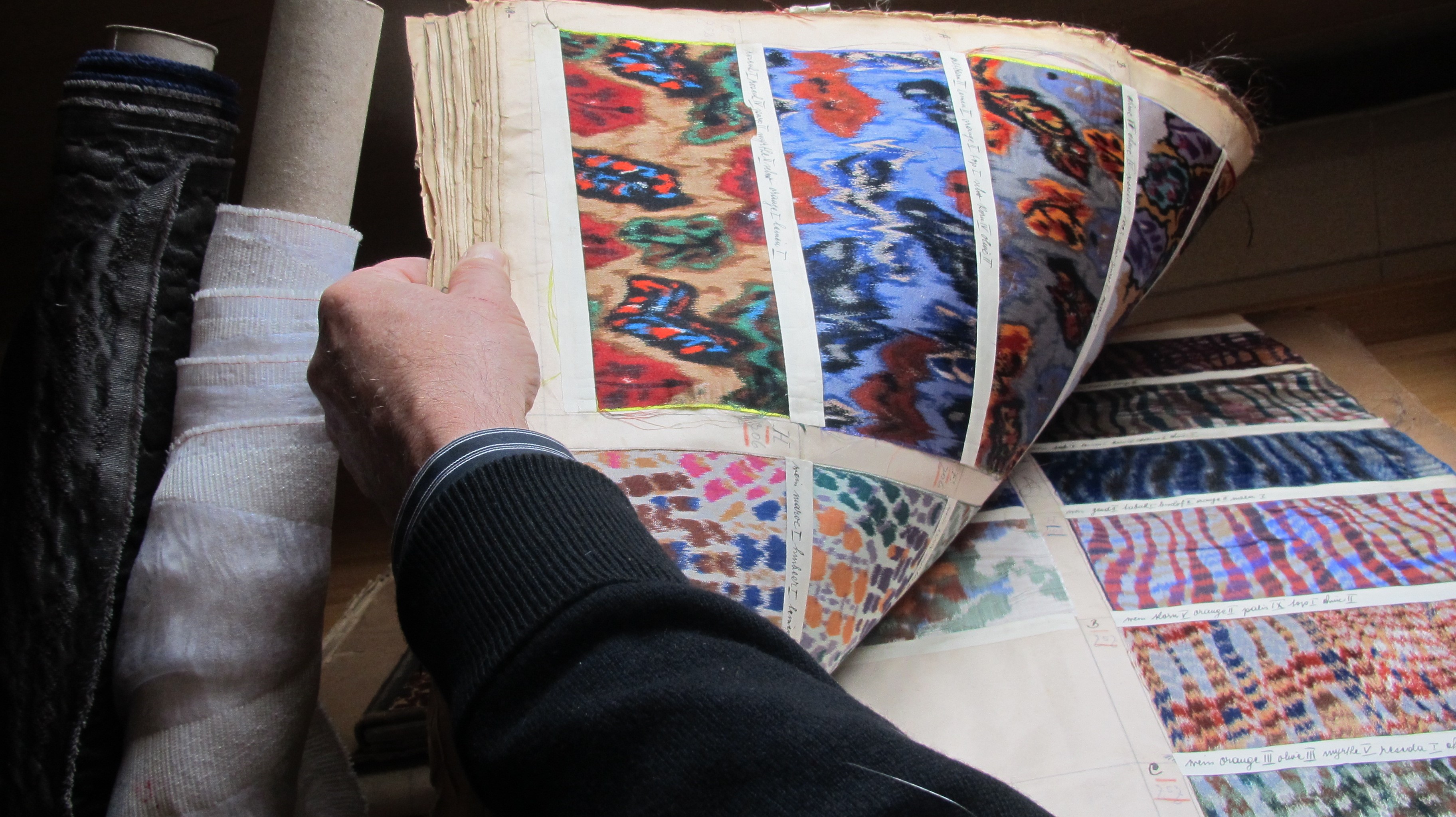The textile industry, and in particular the silk industry, has been instrumental to the historical development of the Canton of Zurich. Established as early as the 14th century, the industry enjoyed a boom in the 17th century. Many entrepreneurs had silk yarns and textiles produced at home. In the 1880s, a large number of mechanical silk weaving workshops sprang up in the countryside, mainly on the left bank of Lake Zurich. From 1840 to 1900 the trade was the most important processing industry in the canton. After Lyon, Zurich grew into the second largest silk producer in the world. Its main products were coloured plain weave clothing fabrics, taffeta and bolting cloth used to sift flour. After 1930, the industry lost ground and many silk companies closed their businesses. The last remaining silk weaving workshops in Zurich – Gessner AG in Wädenswil and Weisbrod-Zürrer AG in Hausen am Albis – closed their doors in 2012. The silk industry continues to exert its influence indirectly through the buildings that still exist and the businesses that grew out of the sector, such as banks, property companies and machine factories. Over the last twenty years, efforts have been made to highlight the importance of Zurich's silk industry. As part of a project financed by lottery funds, more than a dozen company archives have been saved: the textiles were donated to the Swiss National Museum, and the written sources to the State Archives of the Canton of Zurich.
Detailed description
Zürcher Seidenindustrie (PDF, 367 kB, 22.07.2024)Ausführliche Beschreibung
Category
Canton
Contact
Zürcherische Seidenindustrie-Gesellschaft






















